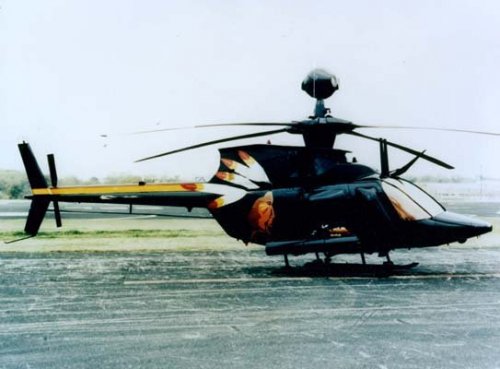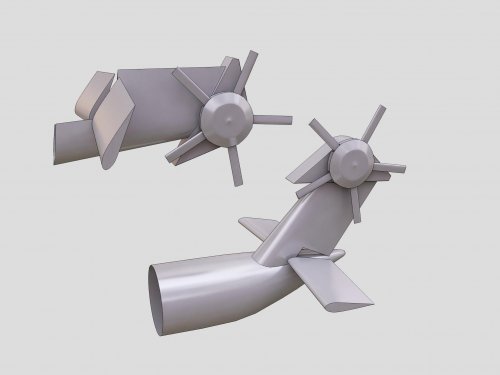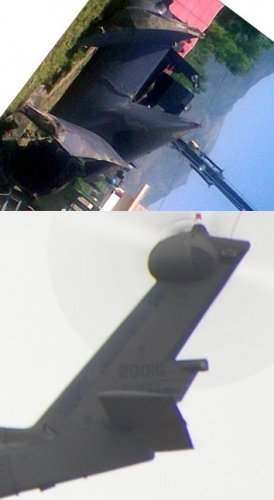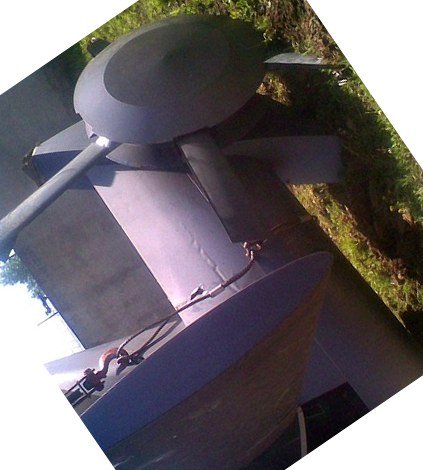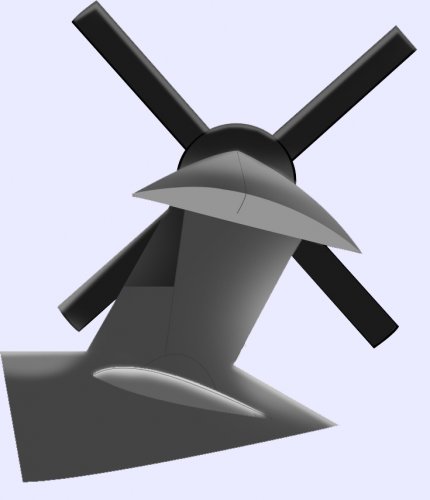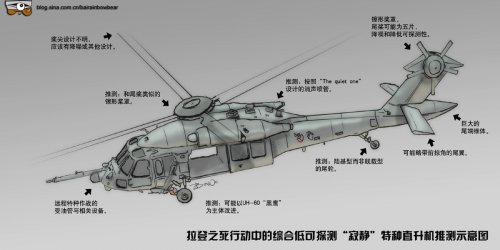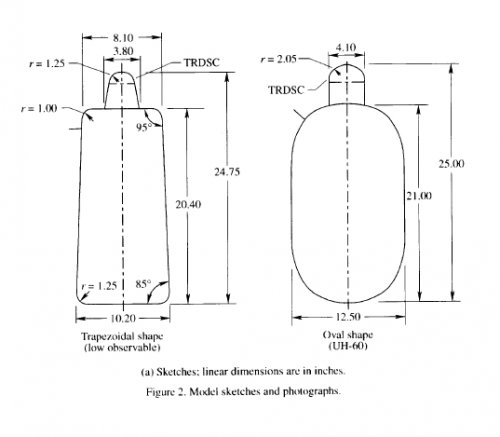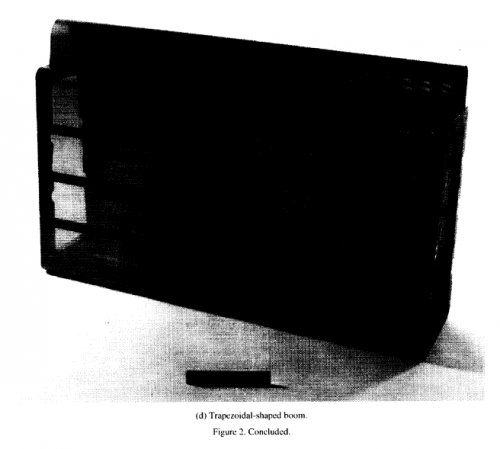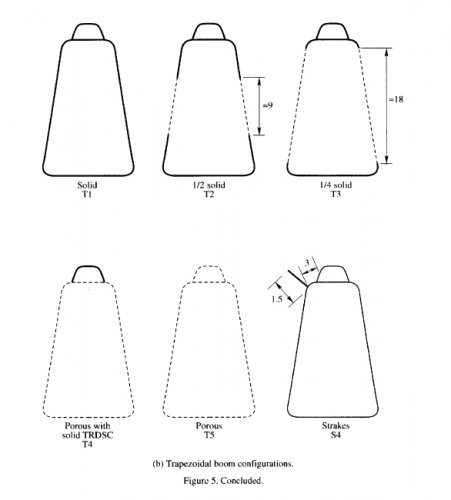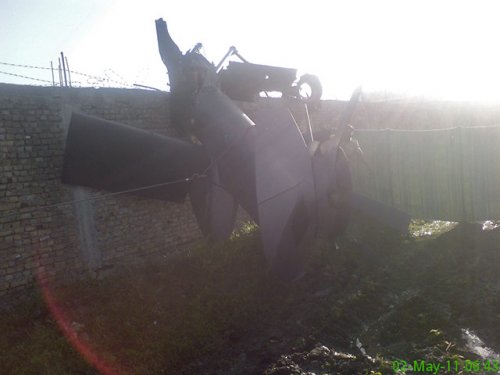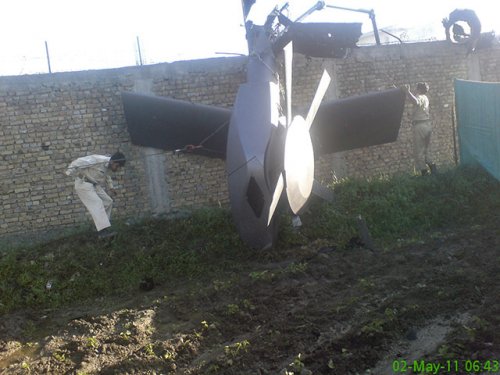NASA/TP-2000-210083
AMCOM-AFDD/TR-00-A-007
Exploratory Investigation of Aerodynamic Characteristics of Helicopter Tail Boom Cross-Section Models With Passive Venting
Daniel W. Banks
Dryden Flight Research Center, Edwards, California
Henry L. Kelley
U.S. Army Aviation and Missile Command (AMCOM)
Aeroflightdynamics Directorate
Join t Research Program Office
NASA Langley Research Center, Hampton, Virginia
National Aeronautics and
Space Administration
Langley Research Center
Hampton, Virginia 23681-2199
June 2000
An exploratory wind-tunnel investigation was
conducted to determine the effectiveness of passively
venting two representative models of helicopter tail
boom shapes to reduce side force and down load during
simulated hover and sideward flight conditions. A
two-dimensional tail boom model with two different
cross-sectional shapes was used. One shape was oval,
representative of a UH-60 (medium size, single main
rotor helicopter with a tail rotor) tail boom, and the
other was a trapezoidal cross section, representative
of a potential low-observable shape.
Two 1/2-scale, two-dimensional models representative
of helicopter tail boom cross sections were
tested. Sketches and photographs of the models and
test apparatus are shown in figures 2 and 3. One
model, oval in cross section, was representative of a
UH-60 helicopter tail boom (fig. 2(c)) and the other
model with a trapezoidal cross section was representative
of an advanced low-observable configuration
boom (fig. 2(d)). Each model also had a simulated tail
rotor drive shaft cover (TRDSC) on the top.

